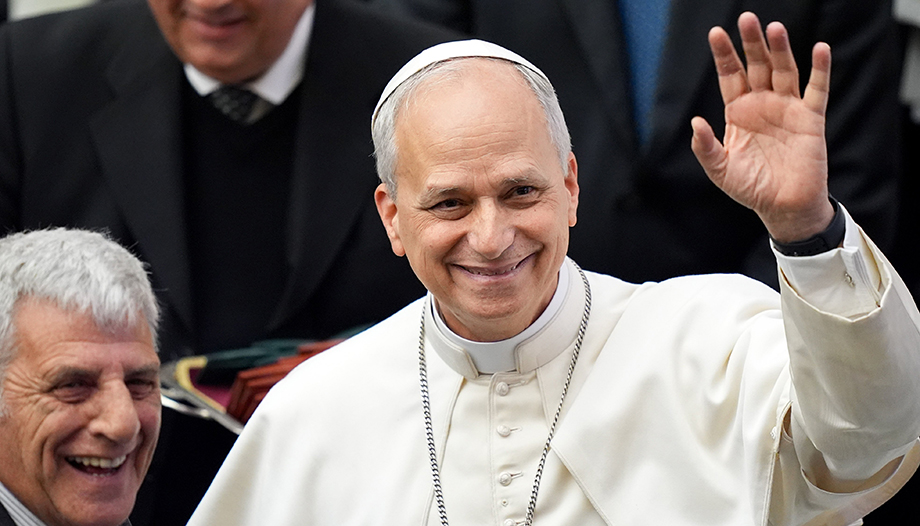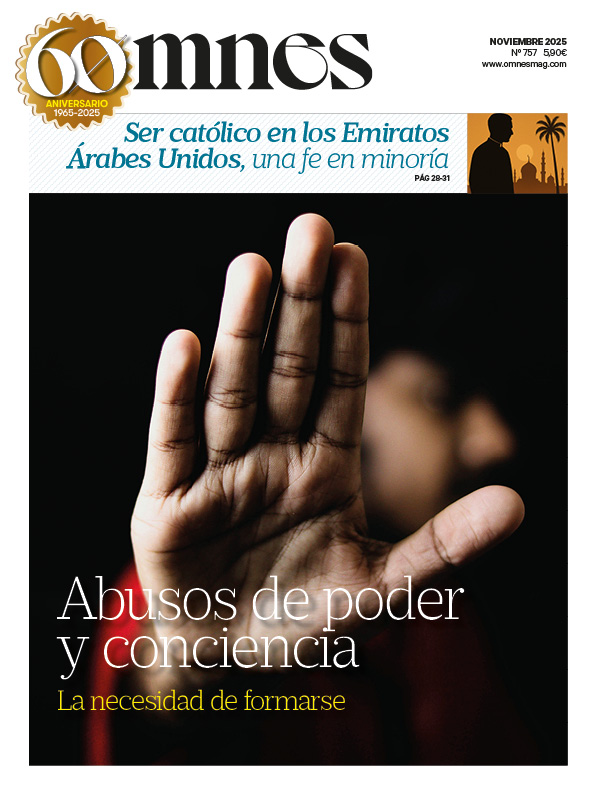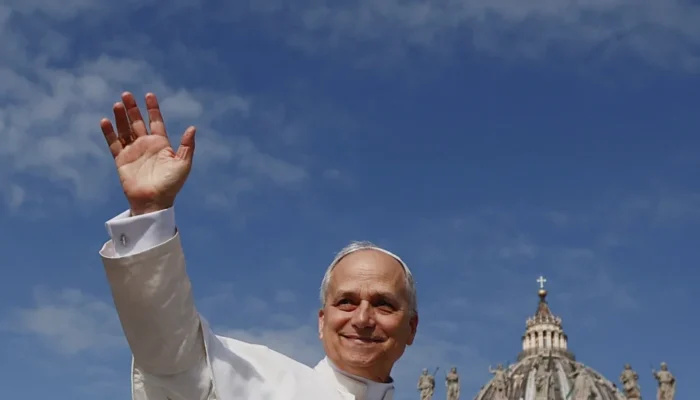The first months of Pope Leo XIV's pontificate were marked by the information furor that characterizes these times. All the media wanted to be the first to tell every detail about the successor of Peter: his origins, his studies, his ministry, the people who accompanied him. But while the novelty dies down, the Pope begins to make important decisions: appointments in the Curia, the publication of his first apostolic exhortation, a motu proprio on Vatican finances or the announcement of his upcoming trip to Turkey and Lebanon.
Each of these gestures generates an avalanche of comments, videos, articles or publications on social networks that seek to reveal the “true interpretation” or the “hidden meaning” of what the Pope does. Some give their opinions with good will; others, on the other hand, take advantage of them to stir up tempers or fuel divisions. In any case, it is worth remembering that decisions in the life of the Church, such as magisterial documents or the fruits of apostolic journeys, need time to mature.
History teaches that hasty reactions can be bad advisors. In 1277, Cardinal Tempier condemned some theses of Latin Aristotelianism, and for years the work of St. Thomas Aquinas, today a doctor of the Church, was viewed with suspicion. St. Paul VI was also harshly criticized after publishing Humanae Vitae, But half a century later, most of the faithful and pastors recognize his wisdom and courage in the face of the ideological tides of the time.
The time of the press is not the time of the Church. Quick or alarmist assessments run the risk of expiring too soon and can take away peace. A slow, prayerful and hopeful look often offers a more faithful understanding of the nature of the Church and her way of working in history.








